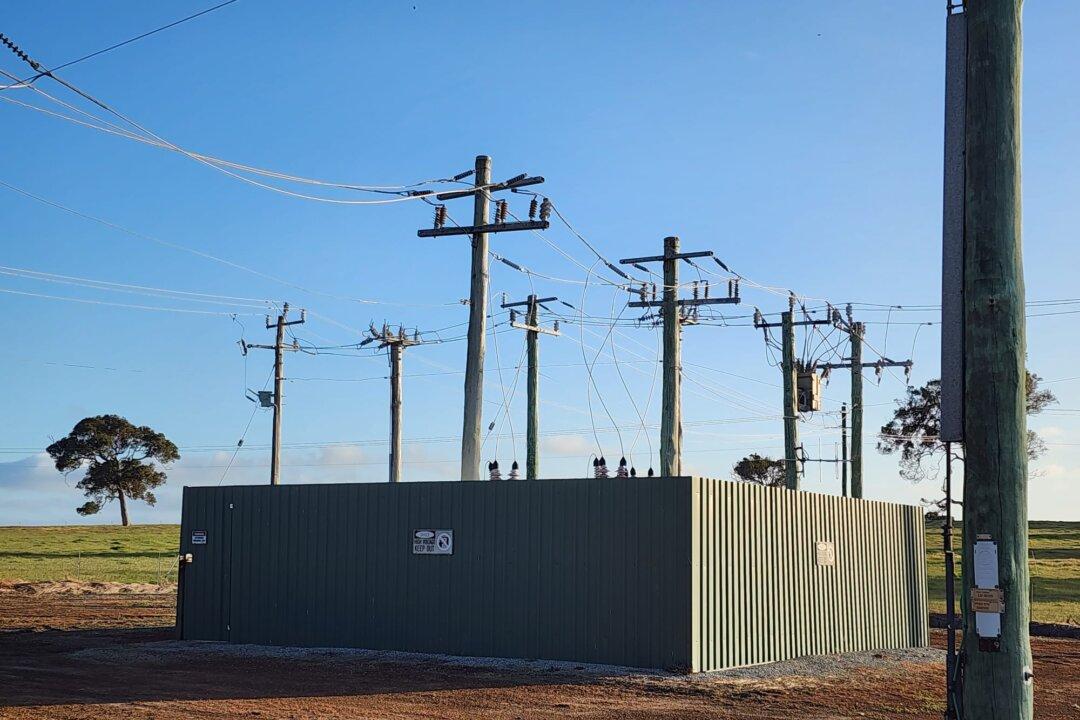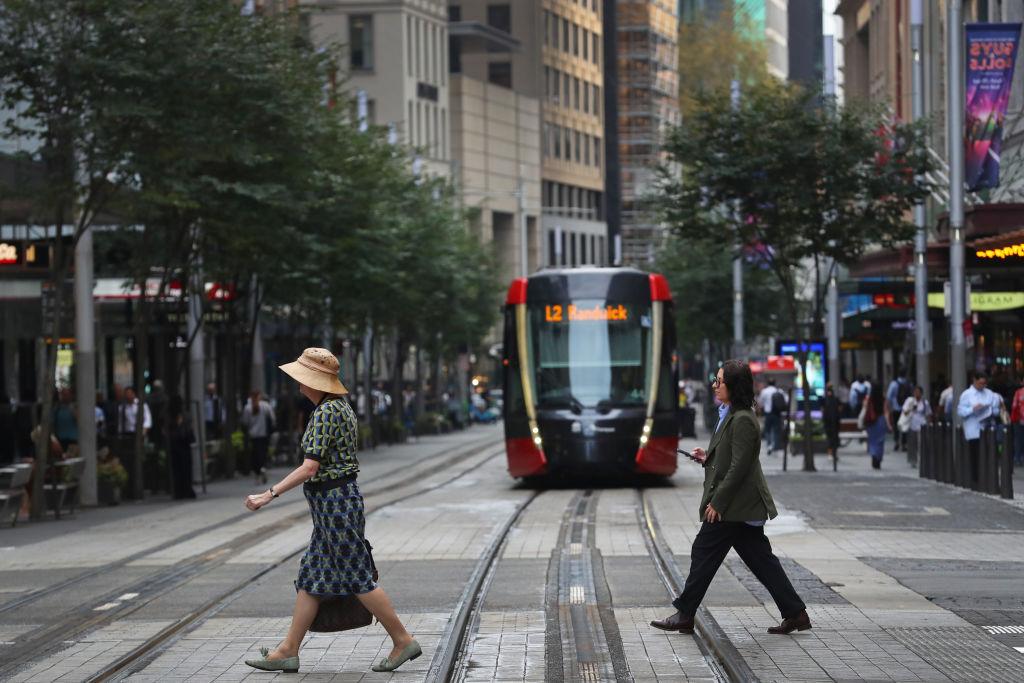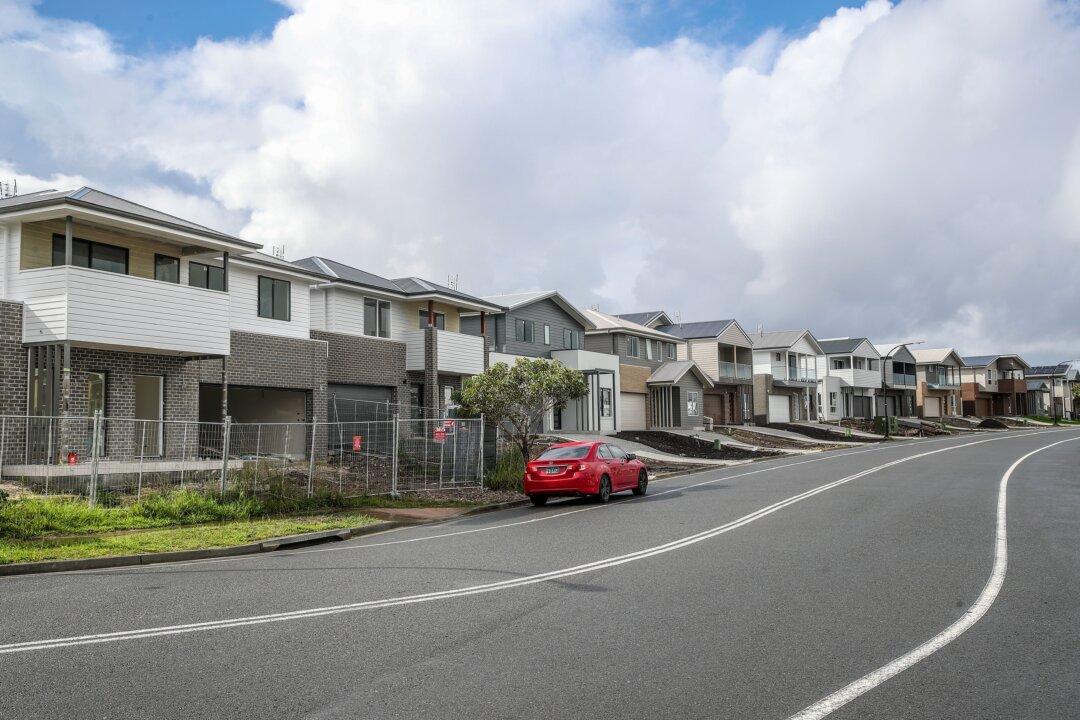The Australia Energy Market Operator (AMEO) flagged in its latest National Electricity Market report an increase in reliability risks in the power grids for New South Wales, Victoria, and South Australia.
The regulator says these risks stem from the push to increased demand, delays in battery projects, mothballed generators, and transmission limitations in each state.




